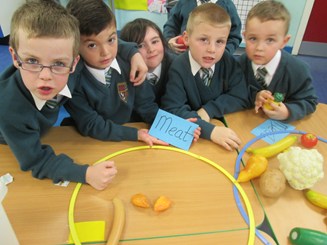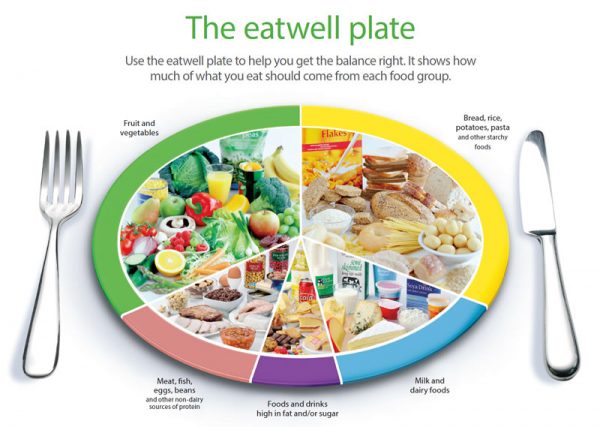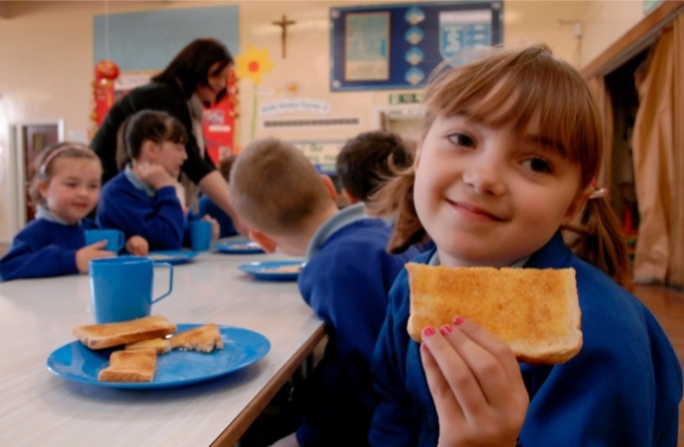Differentiation has always been a concern for Primary class teacher’s – with many regarding the subject with unease, not certain that they know precisely what it is – but convinced that they may not be providing it to the levels they should.
Some, on the other hand, seem tempted to treat it lightly as little more than a buzz word or passing trend!
The fact is that differentiation has always been present for as long as teachers have taught classes comprising a mix of pupil development, intelligence and experience.
Differentiation is simply an attempt to match what is taught and how it is taught to pupils abilities and aptitudes.
One researcher defined differentiation as “linking directly with good teaching – the means where curriculum objectives, content, learning activities, teaching methods and resources are structured to match the range of abilities and experiences of the children.”
Teachers have always provided differentiation – some more successfully than others. Sometimes instinctively and sometimes through careful and structured planning – so let’s take a step back and look at the topic as a whole and see what we can discover.
Here are a few examples of the variety of approaches that can be taken:
- Variation in difficulty of task to match different levels of ability. For example in maths some children may be reading, writing and ordering numbers to 100 while other work on fractions, decimals and percentages.
- Teachers spending more time assisting pupils having difficulties
- Ability groups
- The use of support materials – for example in maths; equipment to assist pupils better understand place value or in literacy; word banks or exemplars of narrative structures to help with writing.
- Outcomes – the acceptance of varying levels of achievement, presentation and time allowed for work completion
In fact it is not so much that we try to implement differentiation into our classrooms but the fact that we NEED to implement differentiation. It is not an option, it is a necessity in response to the range of pupil abilities and limitations within learning situations. Limited physical co-ordination in P.E, outstanding musical ability, excellent computer and tech skills or the inability to structure and write a story. It is not a one size fits all situation and we as teachers must quickly identify the strengths and weaknesses in our pupils and respond accordingly.

However the greatest illustration of the need for differentiation has been the National Curriculum – in its previous form with its precise descriptions of achievement levels and cognitive ability it established the need for differentiation to be at the centre of effective teaching.
This has now changed with the implementation of the 2014 changes and the situation is not as clear in its presentation. Couple this with the abandonment of levels and the now pass / fail grading it now challenges schools to think creatively in their assessment and tracking procedures and to implement simple systems that can inform teachers, pupils and also parents of success, progress and areas for improvement.
How can teachers provide effectively for differentiation?
Before we can look at the classroom issues of managing and organising differentiation there are certain crucial elements that need to be considered and in place.
- Teachers should have access to the National Curriculum programmes of study that map the knowledge and skills elements for each subject. Coordinators in schools should be knowledgeable in their subject areas and able to assist colleagues if necessary.
- The School should have clear policies and approaches to planning and delivery of the N.C subjects including timetabled curriculum balance across all subjects.
- Pupils should be encouraged and taught to be Independent Learners as far as possible. In order for this to be possible there must be a whole school approach to support systems and materials. Examples such as word banks, reference materials, information technology and also teaching and support staff availability.
- There must be a range of challenging and stimulating assignments that can be used as extension materials whenever required. These should be easily available and accessed as necessary.
- Consideration should be given to “ability grouping” on occasion – possibly for core subjects rather than foundation.
- A large emphasis must be made from Reception upwards to build confidence in pupils to read and write (especially in personal expression). This ability to read and express themselves in writing is a huge step forward towards effective learning differentiation across all curricular areas and year groups.
 Having outlined the basic definition and premise of differentiation we can now look to successful implementation in the classroom.
Having outlined the basic definition and premise of differentiation we can now look to successful implementation in the classroom.
In the next article I will be looking at the strategies you can use to successfully achieve this.
Charles














